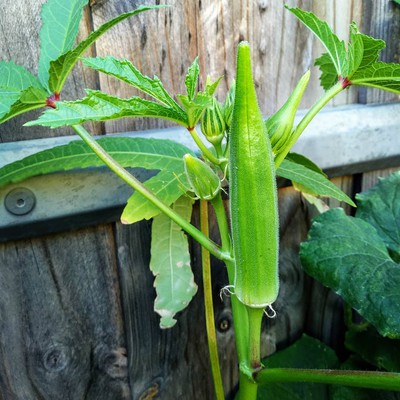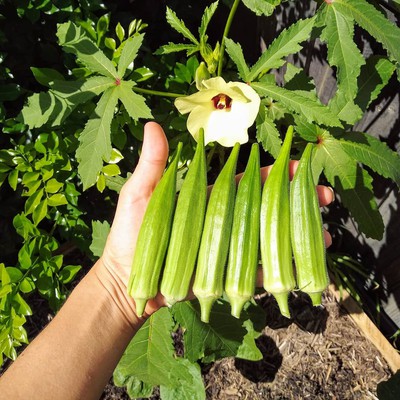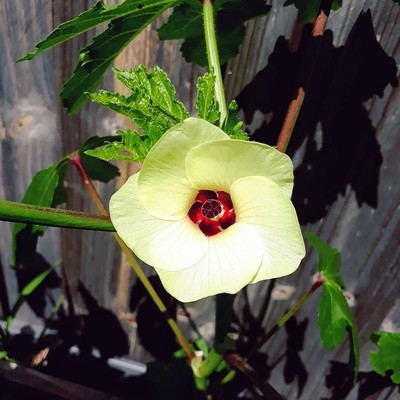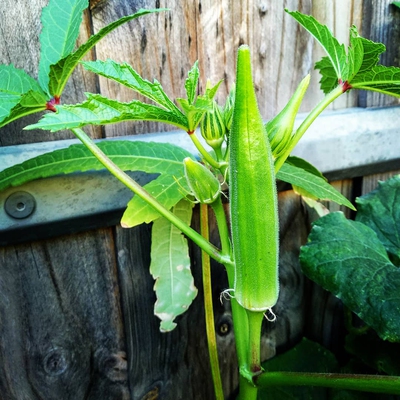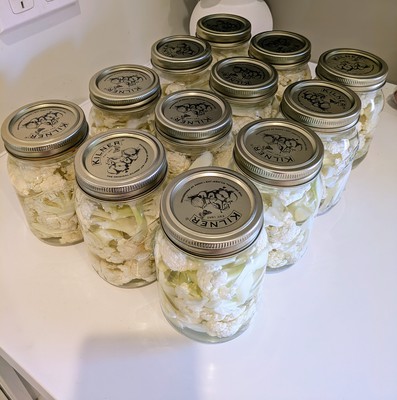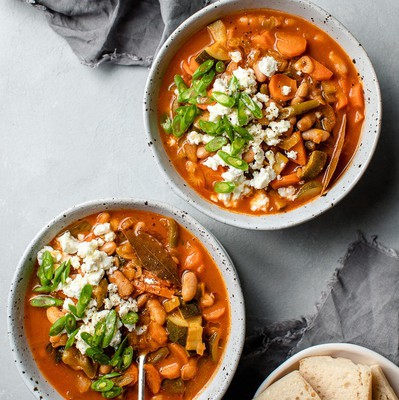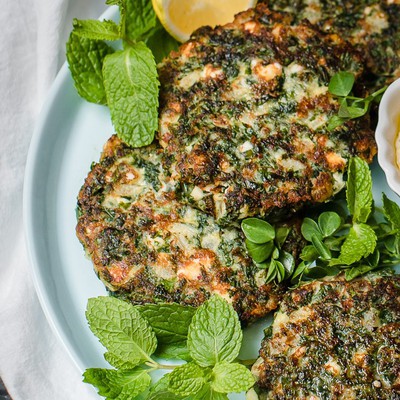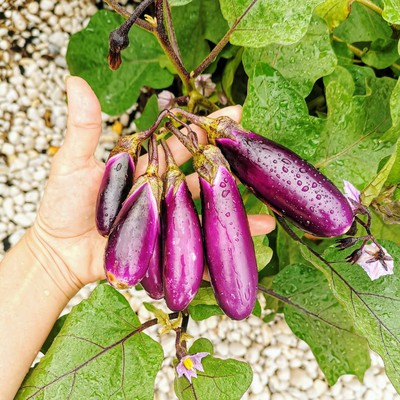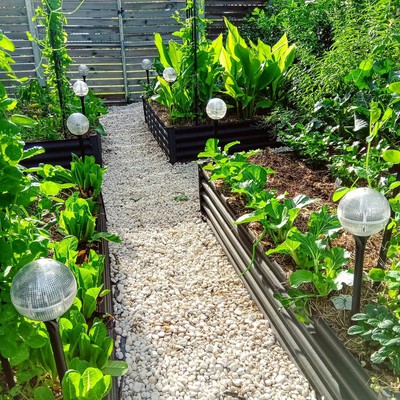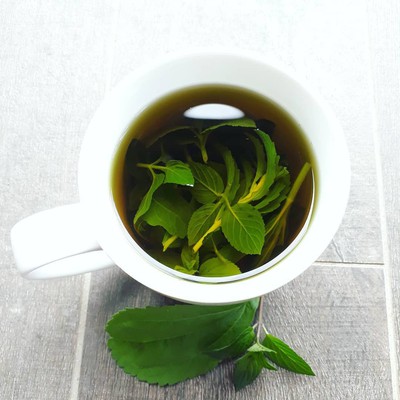Okra Growing Tips
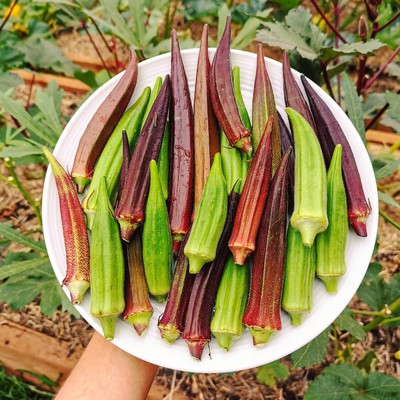
Okra is a delicious vegetable that is very popular in Middle Eastern, Indian and African cuisines, just to name a few.
Okra is related to the Hibiscus plant and while grown for its delicious pods, the plant is also extremely ornamental with its stunning blooms closely resembling the Hibiscus flower.
Okra thrives in warm weather and is perfect for warm to hot climates. Even in the peak of summer, when other plants may be slowing down or struggling, Okra is at its peak.
Before planting out your Okra seeds it’s best to soak them in water overnight. Soaking softens the hard seed coating, which speeds up the germination process.
Okra is best planted in mid to late spring once the temperatures are consistently warm. To prevent the seeds from rotting, wait until the soil has warmed to at least 20°C (68°F).
Since Okra loves sun, so it’s best planted in a full sun position. It will grow well in most soil types as long as they are well draining with some compost mixed in. Okra loves nitrogen rich soil, so for an added boost, try planting it where a nitrogen-fixing crop such as peas or beans have grown previously. Use an organic fertiliser throughout the season and mulch the soil well to prevent moisture loss.
Okra pods are best eaten young and will become tough and woody when mature, so the key is to harvest daily. Use a sharp knife or pair of scissors when harvesting as not to damage the plant. Harvest when pods are no more than a finger size. The more you harvest, the more the plant will produce. Okra plants will keep producing until killed by frost.
Happy Gardening!
